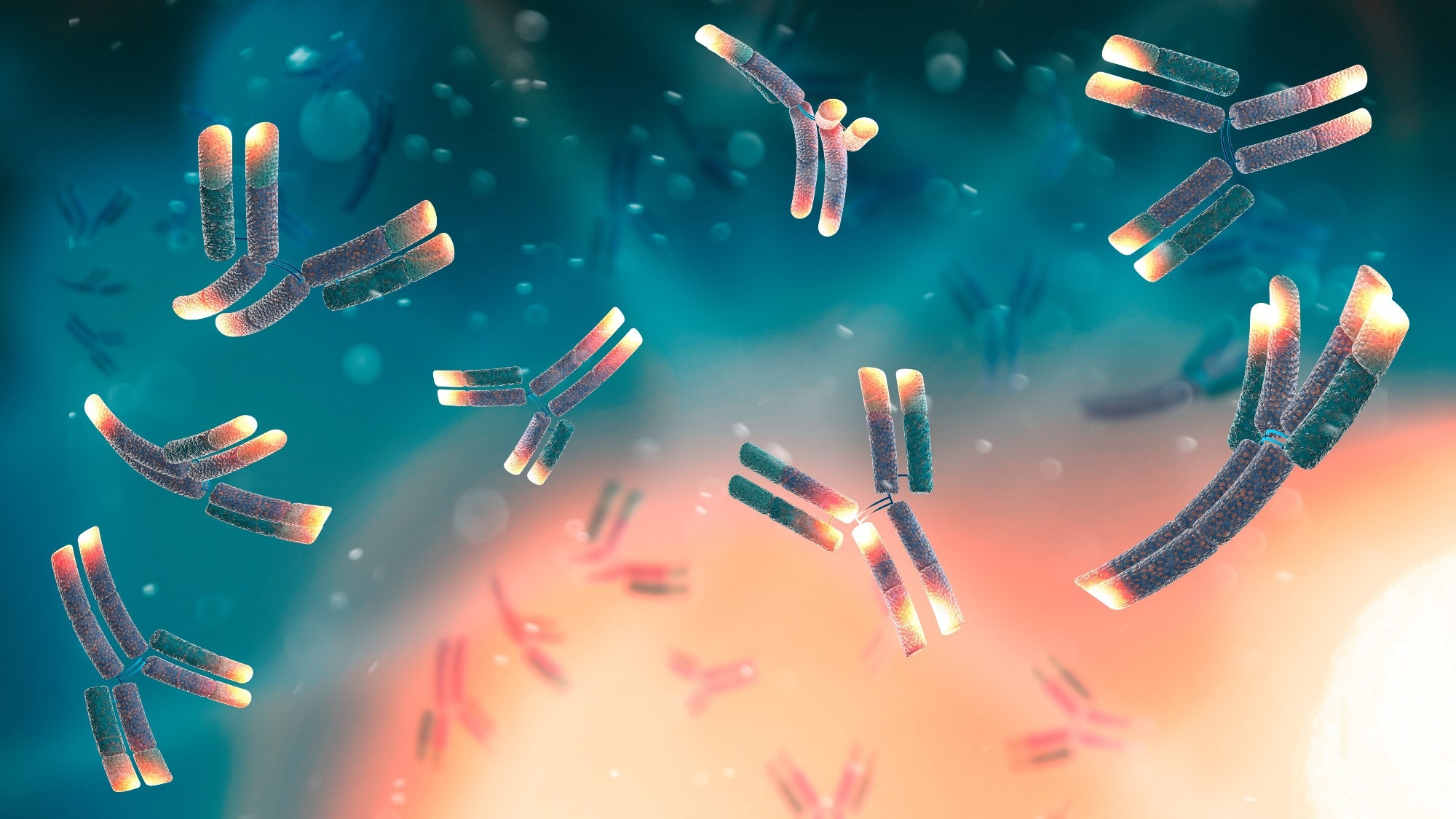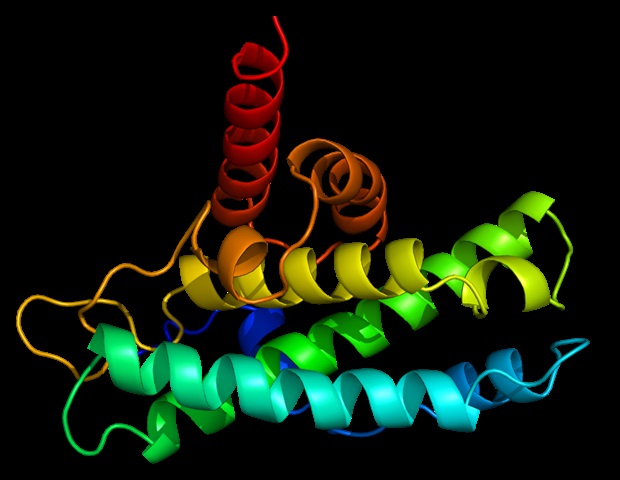A recent study published in the Journal of the Academy of Nutrition and Dietetics describes the prevalence of galactagogue use among breastfeeding mothers in the United States and their perceived effects on milk production. Galactagogues are substances used for stimulating milk production.
 Study: Use of Galactagogues to Increase Milk Production Among Breastfeeding Mothers in the United States: A Descriptive Study. Image Credit: Nina Buday / Shutterstock.com
Study: Use of Galactagogues to Increase Milk Production Among Breastfeeding Mothers in the United States: A Descriptive Study. Image Credit: Nina Buday / Shutterstock.com
Background
According to the American Academy of Pediatrics recommendations, infants should be exclusively breastfed for the first six months of their life, with breastfeeding continued for 24 months or longer. However, only 26% of U.S. infants exclusively consume breast milk at the age of six months, with 35% partially consuming breast milk at the age of 12 months.
Inadequate milk production is the most commonly reported reason for breastfeeding cessation in the U.S. Frequent and effective removal of milk from the breast through infant suckling or breast pumping is needed for sufficient milk production. Human milk production can also be impaired by certain risk factors, including obesity, diabetes, genetics, prior breast surgery, and the use of certain medicines.
Galactagogues are substances that are frequently consumed by mothers to increase milk production. These substances include food items, beverages, herbal supplements, and pharmaceuticals. However, due to a lack of information on safety and efficacy, the Academic of Breastfeeding Medicine does not recommend using galactagogues to increase milk production.
In the current study, scientists determine the prevalence of galactagogue use among U.S. mothers and the perceived effects of galactagogues on milk production.
Study design
A cross-sectional online survey was conducted between December 2020 and February 2021 on a total of 1,294 adult women who were breastfeeding a singleton child and residing in the U.S. Self-reported current or previous use of galactagogues and their perceived effects on milk production were obtained from the survey.
Study participants were asked to provide only current breastfeeding experiences to avoid recall errors. They provided information on their intake of foods or beverages, a combination of herbal products, any herbal products in isolation, or any pharmaceuticals.
The survey also included questions to determine the intake of 18 foods, food groups, or beverages, ten herbal supplements, two pharmaceuticals, and other galactagogues. For each affirmative answer, the participants reported whether the galactagogue intake increased, reduced, maintained, or didn’t affect their milk production.
The information on sociodemographic, birth, and breastfeeding characteristics was collected from the participants. Perceived insufficient milk production and breastfeeding self-efficacy were assessed using valid questionnaires.
Important observations
About 82% of participants are non-Hispanic White, and the average maternal age was 31 years. Most of the infants were less than 12 months old.
Perceived insufficient milk production was reported by 15% of participants. First-time breastfeeding was reported by 47% of participants.
Galactagogue intake and its perceived effect on milk production
Regarding the prevalence of galactagogue use, about 58% of participants reported using any galactagogues, 55% reported using any foods and beverages, 28% reported using any herbal products, and 1.4% reported using any pharmaceuticals.
Regarding specific galactagogue use, less than 5% of participants reported using wine, non-alcoholic beer, fennel, milk thistle, blessed thistle, moringa, goat’s rue, stinging nettle, alfalfa, shatavari, domperidone, or metoclopramide.
More than 40% of participants identified oats, lactation cookies, brewer’s yeast, alcoholic beer, sports drinks, and combinations of herbal products as effective galactagogues for increasing milk production.
Impact of maternal characteristics on galactagogue use
A significantly higher intake of galactagogues was reported by mothers who were comparatively older or currently employed. A higher intake of galactagogues was also observed among mothers who delivered through a cesarean section or first-time breastfeeding.
Regarding other breastfeeding-related characteristics, perceived insufficient milk production, low breastfeeding self-efficacy, infant latching difficulties, breastfeeding pumped milk, and formula milk supplementation were associated with higher galactagogue use.
Mothers breastfeeding two or more children of different ages at the same time reported significantly lower use of galactagogues.
Study significance
The study reveals a high prevalence of galactagogue use among breastfeeding mothers in the U.S. In particular, mothers with perceived insufficient milk production, first-time breastfeeding mothers, and those breastfeeding pumped milk are more likely to use galactagogues.
Given the study findings, the scientists highlight the need for future studies investigating the safety and efficacy of commonly used galactagogues. Supportive initiatives are also needed to educate breastfeeding mothers about best practices for increasing milk production and meeting breastfeeding goals.














;Resize=(1200,627)&impolicy=perceptual&quality=mediumHigh&hash=8ee6e2131bfb0bb6c8503c397714611ea77d677e3ed32ddcab74ada85728a191)
